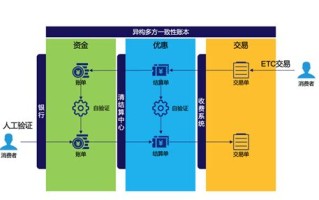When engaging in blockchain transactions, it is crucial to select a reliable and secure blockchain platform. Consider factors such as the platform's consensus mechanism, scalability, security features, and community support.
Building trust in blockchain transactions is essential for realizing the full potential of this transformative technology. By understanding the trust system in blockchain, following best practices, and leveraging innovative solutions, individuals and organizations can participate in secure and reliable transactions without the need for intermediaries.
Blockchain technology has revolutionized the way transactions are conducted by introducing a decentralized and transparent ledger system. One of the key features of blockchain is its ability to establish trust among parties without the need for intermediaries. In this article, we will explore the trust system in blockchain transactions and provide guidance on building and maintaining trust in this innovative ecosystem.
Prior to engaging in transactions with unknown parties, conduct due diligence to verify their identity, reputation, and past transaction history. Utilize blockchain analytics tools to trace the origin and destination of funds, ensuring compliance with regulations and mitigating the risk of fraudulent activities.
```
Before participating in a blockchain transaction, thoroughly review the transaction details to ensure accuracy. Verify the recipient's address, transaction amount, and any additional terms or conditions associated with the transaction.
6. Stay Informed About Security Threats:

Embrace transparency and accountability in blockchain transactions by openly disclosing relevant information and adhering to industry standards and regulations. Foster a culture of trust and integrity within the blockchain community to promote adoption and collaboration.
At the core of blockchain technology lies a distributed ledger that records transactions across a network of computers. Each transaction is verified by multiple participants in the network, known as nodes, through a process called consensus. Once verified, the transaction is added to a block, which is then linked to the previous blocks, forming a chain of blocks or a blockchain.
5. Secure Your Private Keys:
```html



